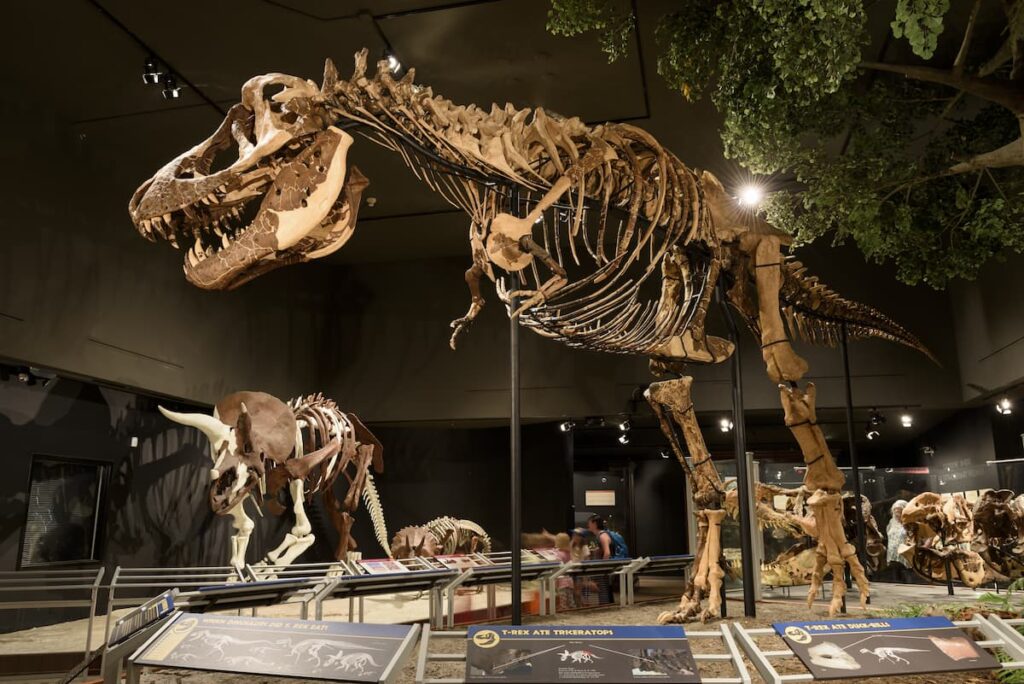A Fossil Hidden Beneath Their Feet
In an extraordinary twist of fate, the Denver Museum of Nature and Science unearthed one of its most unexpected discoveries—right beneath its own parking lot. The museum, widely recognized for its dinosaur exhibits, made the surprising find during a routine geothermal study. The project involved drilling over 230 meters into the ground to explore heating alternatives. What they didn’t expect was to stumble upon a genuine piece of prehistory.
The object discovered is a fossilized vertebra from a small herbivorous dinosaur. Although it lacks the grandeur of full skeletons often displayed in museums, the importance of this piece lies in where and how it was found. With a borehole only five centimeters wide, the chances of striking a fossil were almost nonexistent—yet it happened, adding a unique layer of meaning to the museum’s grounds.
A One-in-a-Million Discovery
This fossil find is being called one of the rarest types of paleontological discoveries. According to the museum’s team, only two similar cases of fossils found through borehole sampling have ever been documented worldwide. What makes this even more special is that it happened on the property of a museum dedicated to paleontology.
The fossil comes from a dinosaur that lived approximately 67.5 million years ago, in the late Cretaceous period. It’s believed to be either a duck-billed dinosaur or a thescelosaurus—both known for their herbivorous diet and relatively small size compared to more iconic species like the Tyrannosaurus rex. Additional findings in the same core sample include fossilized plant matter, suggesting the creature lived in a lush, swamp-like ecosystem teeming with vegetation.
From Borehole to Exhibit
Once the fossil was extracted and identified, it was promptly added to the museum’s collection and placed on display for public viewing. Though small and shaped somewhat like a hockey puck, it carries enormous scientific and symbolic value. The museum has no plans to conduct further drilling or excavation beneath the parking lot due to practical constraints—namely, the essential need for parking space.
The team behind the discovery expressed a mix of excitement and realism. While some paleontologists outside the institution felt the find wasn’t groundbreaking from a scientific standpoint, others praised its uniqueness and authenticity. Regardless of the debate, the fossil now holds a new place of honor, not just in a display case, but in the story of how science sometimes surprises us—literally beneath our feet.
More Than Just a Coincidence
This remarkable event is more than a stroke of luck—it’s a testament to the mystery that still lies beneath our everyday surroundings. It highlights how modern scientific methods like core drilling, typically used for energy and infrastructure studies, can intersect unexpectedly with natural history.
Though the museum’s initial goal was to investigate geothermal potential, they instead unlocked a piece of Earth’s distant past. It serves as a reminder of the layers of history beneath urban landscapes, and how the past can emerge in the most ordinary places—like a museum parking lot.
In a region already known for dinosaur fossils, this discovery adds a poetic twist: sometimes, what you’re looking for might be right under your feet the whole time.



